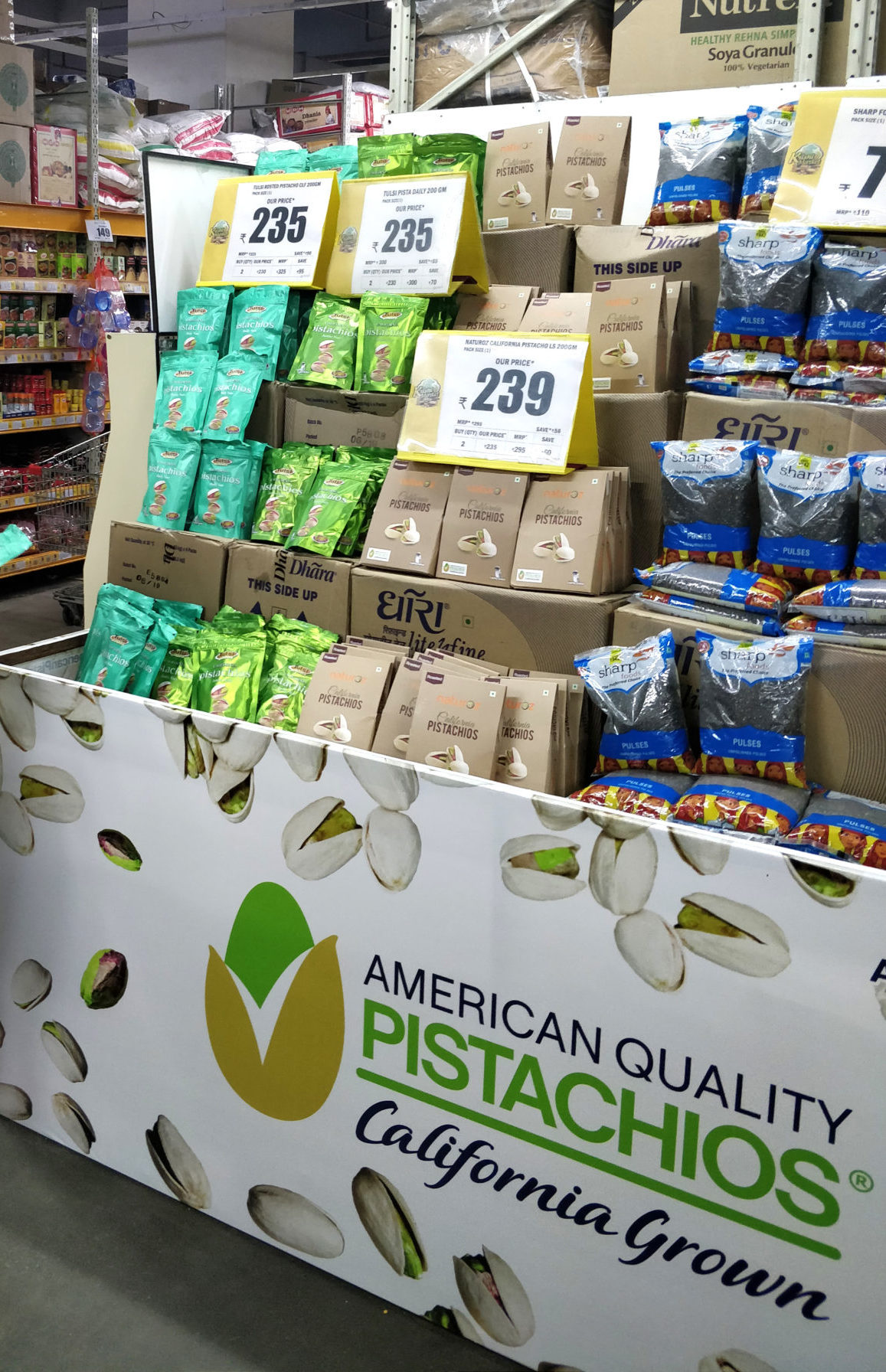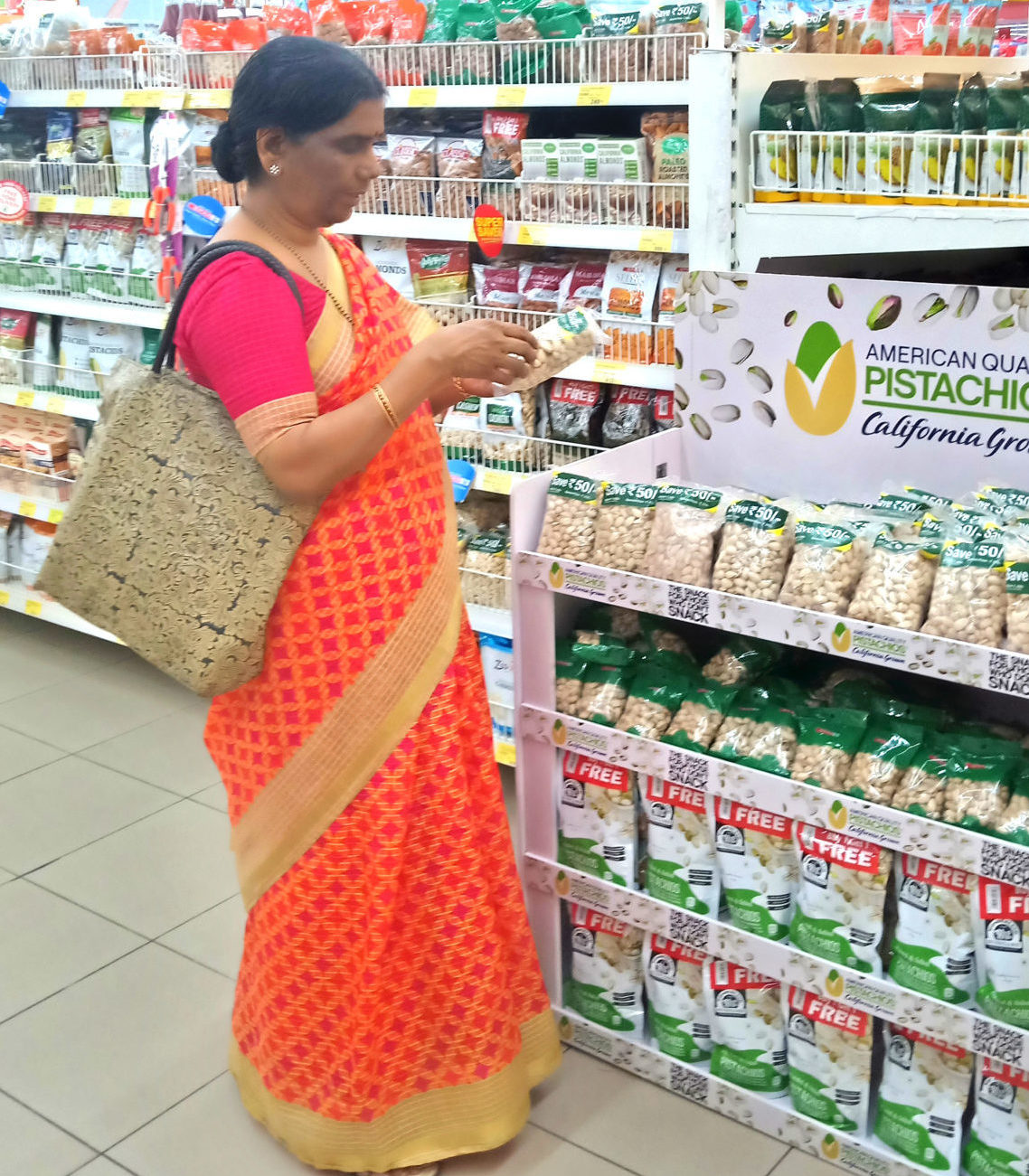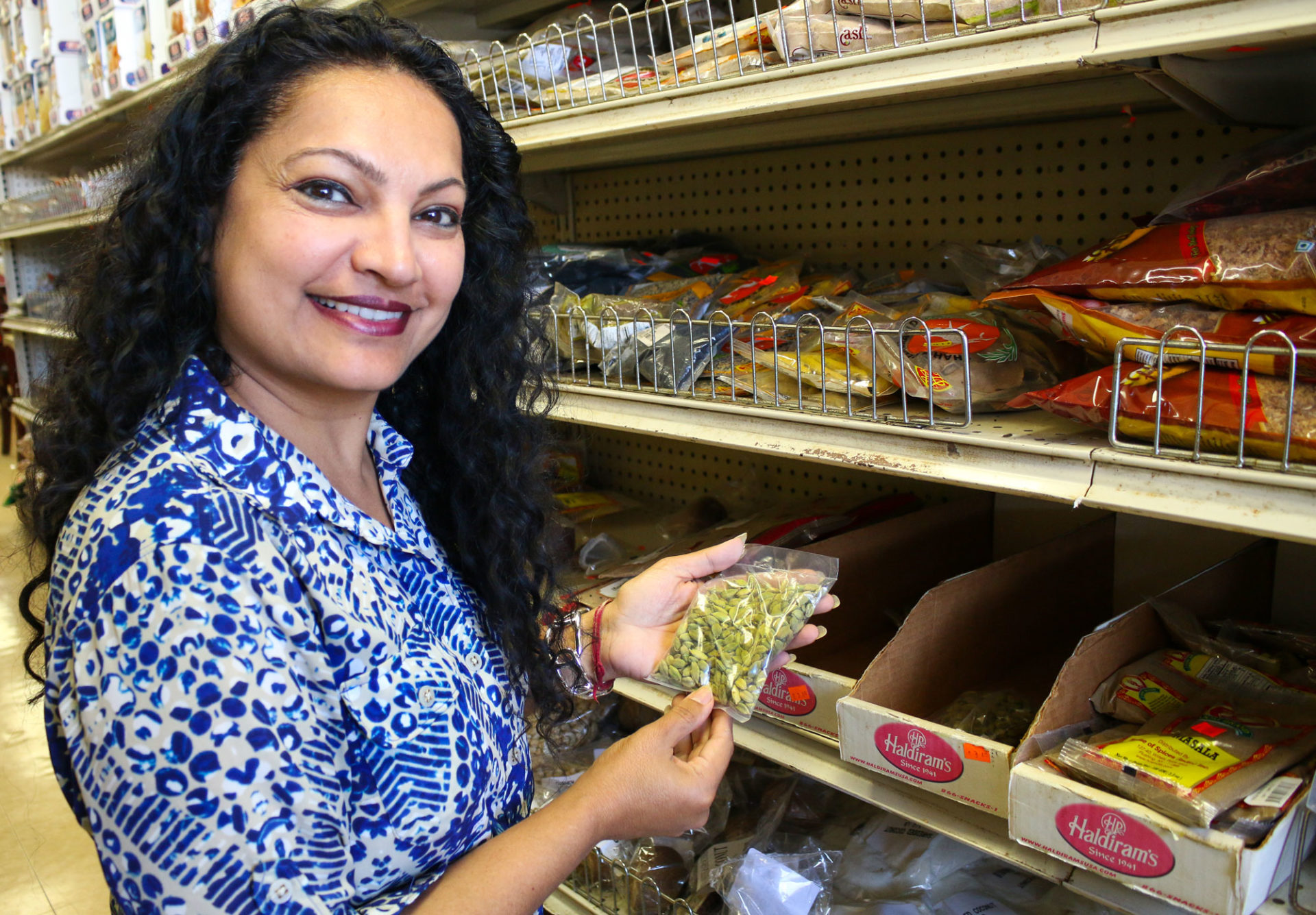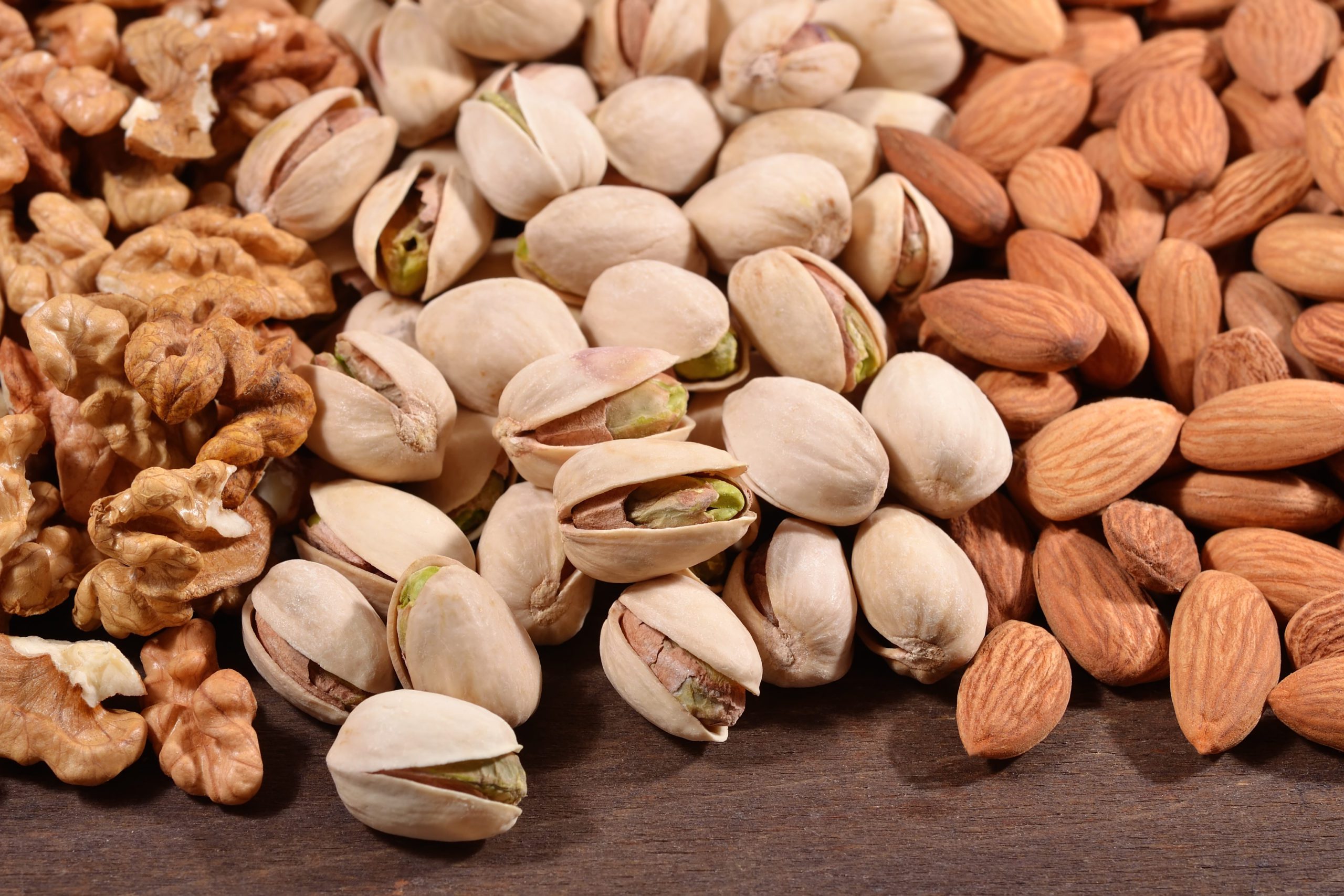Buoyed by positive research news, a bountiful harvest in 2019, and robust exports to key markets, American Pistachio Growers (APG) maintains its focus to build and sustain long-term profitability and sustainability.
Pistachios now rank as California’s fifth leading commodity with a 2018 value of $2.62 billion, and the state’s number-two ranked export crop at $1.73 billion (Source: CDFA 2018-19 Agriculture Statistics Review Exports Report.) Current bearing acres and the surge in new orchard plantings in California positions the industry to produce more than 1.4 billion pounds of pistachios by 2026. This upward trajectory in production will test APG’s marketing acumen in domestic channels as well as in important export markets where the lion’s share of production is sold.
To help on the export front, APG earned more than $3.8 million in federal grant funds for FY 2019-20 to further expand exports in the key overseas markets of China and Europe, as well as to jumpstart marketing programs in growth markets like India.

China remains the top customer for U.S. pistachio exports in spite of the prolonged U.S-China trade dispute that started in 2019. However, a shift in shipping destinations is spreading volume amongst other countries, including India, which will result in less dependence on China in the long run. Some industry members view India as a growth opportunity with high potential over time and balancing the portfolio of Asian markets.
APG targeted India as prime for export growth in 2019, due to favorable trade conditions and its 1.3 billion consumers. With a grant award from the Agricultural Trade Program, APG launched its first nationwide campaign in India in September, in advance of Diwali, the highly popular Hindu festival of lights. The campaign was immensely successful with grocery retailers, importers, consumers, and high-profile health experts. The goal here is to educate consumers on the health benefits of pistachios and move them from a special occasion food to an everyday plant-based protein option.

Health Benefits of Eating Pistachios
APG has focused its U.S. marketing efforts worldwide on communicating the health benefits of pistachios, capitalizing on a growing mountain of positive nutrition research. In early March of this year, APG announced at its Annual Conference the finding that U.S. grown roasted pistachios meet the criteria as not only a “good source” of protein but also a “complete protein.” The results of a University of Illinois study presented at the Federation of European Nutrition Societies Conference in Dublin, Ireland last October found that, for people over five years of age, adequate levels of all nine essential amino acids are shown to be present in roasted pistachios, based on a Protein Digestibility Corrected Amino Acid Score (PDCAAS) for pistachios, thus qualifying them as a complete protein, alongside meat, fish, dairy, eggs, and a few plant proteins.

Pistachios now share this important categorical distinction with a small number of other “complete” plant proteins including quinoa, chickpeas, and soy—foods that have become popular among vegetarians and consumers who wish to reduce their consumption of animal proteins. Dr. Mehmet Oz, keynote speaker at the 2020 Pistachio Industry Annual Conference, likened pistachios to eggs that grow on trees. And with as much protein as an egg, the marketing communications programs of APG has gone to work to bring that information to consumers and health professionals in the U.S. and in key export markets.APG is now leveraging this very positive news in a new consumer advertising campaign, Game Changer: Pistachios are a Complete Protein.
Reducing Trade Barriers
“It’s an exciting time for the U.S. pistachio industry,” said APG’s Chairman, Brian Watte. “Clearly, we have plenty of marketing challenges on the horizon as the industry accelerates production and secures new markets both here and abroad, and we’ve built solid marketing and trade promotion programs to meet these challenges head-on.”
One of the most important areas of APG’s marketing strategy is confronting tariff and non-tariff barriers. In 2019, APG commissioned a study by Dr. Dennis H. Tootelian, an emeritus professor of marketing, to determine what shipments of U.S. pistachios would have been if tariffs had not been lowered or eliminated in five geographical regions—Israel, Mexico, China and Hong Kong, and the European Union.
Comparing the period to when tariffs were in effect in these five export markets to when tariffs had been reduced or eliminated altogether through the effective efforts of APG, Tootelian found that the volume of shipments increased by 2.3 billion pounds. The value of the increased shipments added nearly $3 billion more than what would have been expected had the trade barriers remained. Had tariffs remained in place, Tootelian concluded that 1.7 billion pounds would have been diverted to storage—an average of 192 million pounds per year from 2009 through 2017 alone.
Tootelian’s data (see Table 1) for the first time has quantified the direct benefits that U.S. pistachio growers receive from APG’s aggressive stance to confront tariffs whenever and wherever they exist.
With the sudden onset of the global situation that brought on “stay at home” orders, pistachios have filled the bill as a nutritious, shelf-stable pantry item. As consumers continue to seek out health and nutrition information during this timeframe, APG is focused on providing science-based research results that show their value in the human diet.











